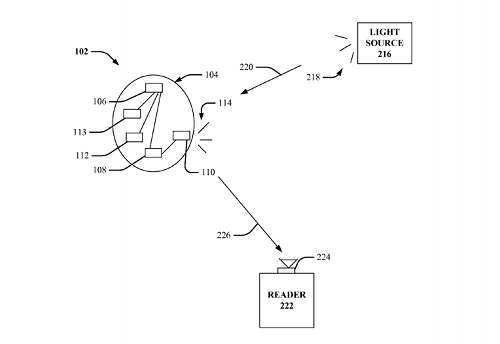Earlier this month, Google was granted a patent for light-powered contact lenses that communicate with other devices.

Per the filing, the lenses will be powered by light via embedded cells that turn light into an electronic current. As such, the lenses do not need wired charging; instead, they can power up via solar light, or harvest energy from a beam of light.
What’s interesting about the patent is the fact that it never once mentions batteries — this means the lenses, in all likelihood, will constantly be generating power.

In terms of why one would want to wear them, these contact lenses are able to communicate with external devices. The patent details using light invisible to the human eye, but that which devices can read. Incorporating photodetectors within the lens design will allow it to receive data or instructions.
So how could this be used? For one, if a display has an embedded LED light pulsing a signal at a specific frequency for the lenses to pick up, that message can be transmitted from the lens to the user’s smartphone. This would then allow for highly targeted communications, and even go so far as to provide marketers interested in data collection with information like, say, how long a user stares at a particular display / advert.
This is obviously the more intrusive route. In terms of usefulness, they could be used to authenticate payments, similar to biometric transactions; so, instead of a fingerprint scan, the payment device would scan the user’s eye topography to approve transactions.
While the technology is still a long way off, it is indicative of Google’s feelings towards wearable technology; specifically, that which is not confined to being wrapped around a user’s wrist or body parts. A user’s eyeball is certainly an extreme choice, and something that’ll likely make a majority of people uncomfortable, but it does open the door to a new way of thinking about wearable technology.
You can read the patent in its entirety here.
Advertisement
Learn more about Electronic Products Magazine





